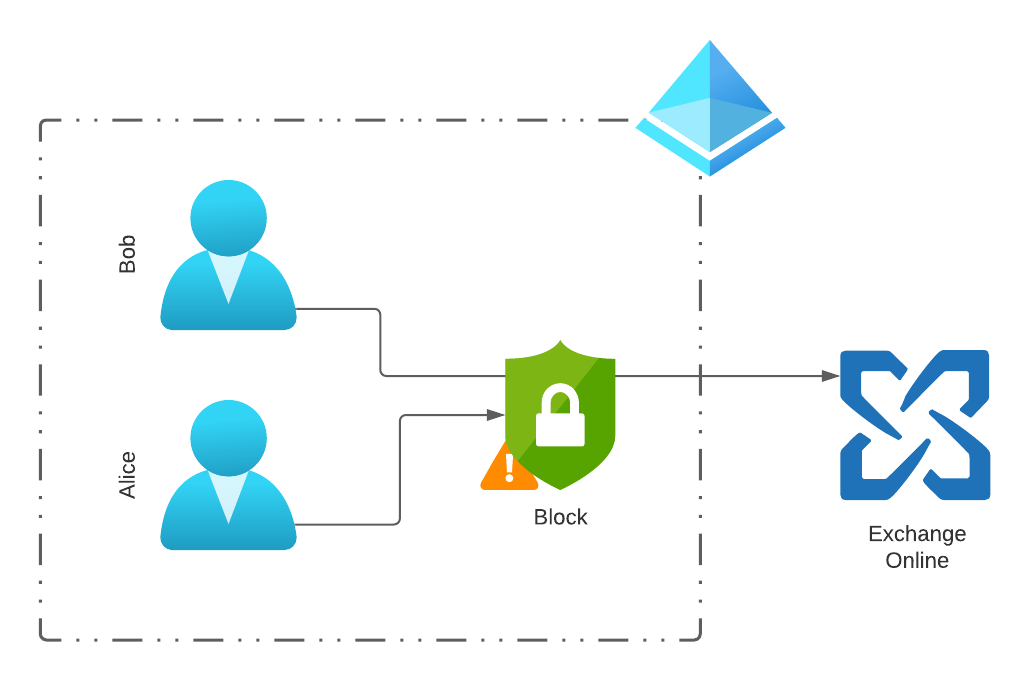Microsoft 365 E3, Office 365 E3, Business Basic or F3? Which license package includes which features and how do the add-ons differ?
Microsoft’s license bundles are numerous and can quickly become confusing. Very few customers are likely to know all the features that their license package includes.
And even as a consultant, the question “Can I use feature x in plan y?” is not always answered ad hoc.
Dan Chemistruck of Infused Innovations has created a wonderful overview of the current Microsoft 365 plans and shares that information in this blog post or also as a (non-downloadable) Excel file.
On Tuesday, April 13th, I will be speaking at the Cloud Management User Group London virtual meetup. The topic of my talk is “Phase out Legacy Authentication”.
It is the first Meetup of the User Group and this is organized by Dean Ellerby, Andy Jones and Simon Lee. You can find the User Group on Twitter and Meetup.
Agenda Uhrzeit* 19:30 Welcome and introduction 19:45 Phasing out Legacy Authentication - Fabian Bader of Cloudbrothers.
The case of the... In this category I publish blog post explaining a problem and the solution but more important the analysis that lead to the root cause.
The name is a homage to “The Case of the Unexplained” from Mark Russinovich.
The error You are using the sign-in feature on a Windows virtual machine in Azure with Azure Active Directory authentication, and users receive the following error message when they sign-in.
TIL; Today I Learned TIL is a blog series in which I document (for me) interesting insights.
This knowledge is possibly already documented a hundred times on the Internet. But so i can find it again i wrote it down here.
BitLocker provides a convenient way to encrypt the hard drive on computers running Windows 10 Professional.
A YubiKey is my choice for passwordless sign-in to Entra ID (Azure AD).
Blog series This is the last part of the series on “Phase out Legacy Authentication”.
Preface Enable Modern Authentication Create prerequisites Gain insights The first 90% The next 9% Endgame A lot of work lies behind you when you arrive here. Starting with the necessary preliminary work, the required changes, through reporting and maintaining exception lists.
But the biggest hurdle for the next step was definitely the last 9%. Finding and removing every exception is time-consuming and tedious.
Blog series This is part three of the six-part series on “Phase out Legacy Authentication”.
Preface Enable Modern Authentication Create prerequisites Gain insights The first 90% The next 9% Endgame Recap Having disabled the majority of users who do not use Legacy Authentication in the last article, it is now time to use the methods outlined in part three to identify the user groups that are still affected.
This data will be used to create an action plan for the deactivation of Legacy Authentication for these user groups.





